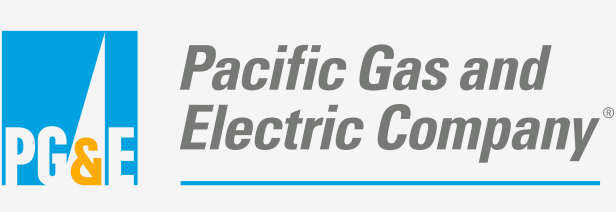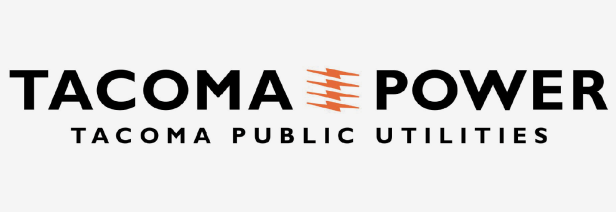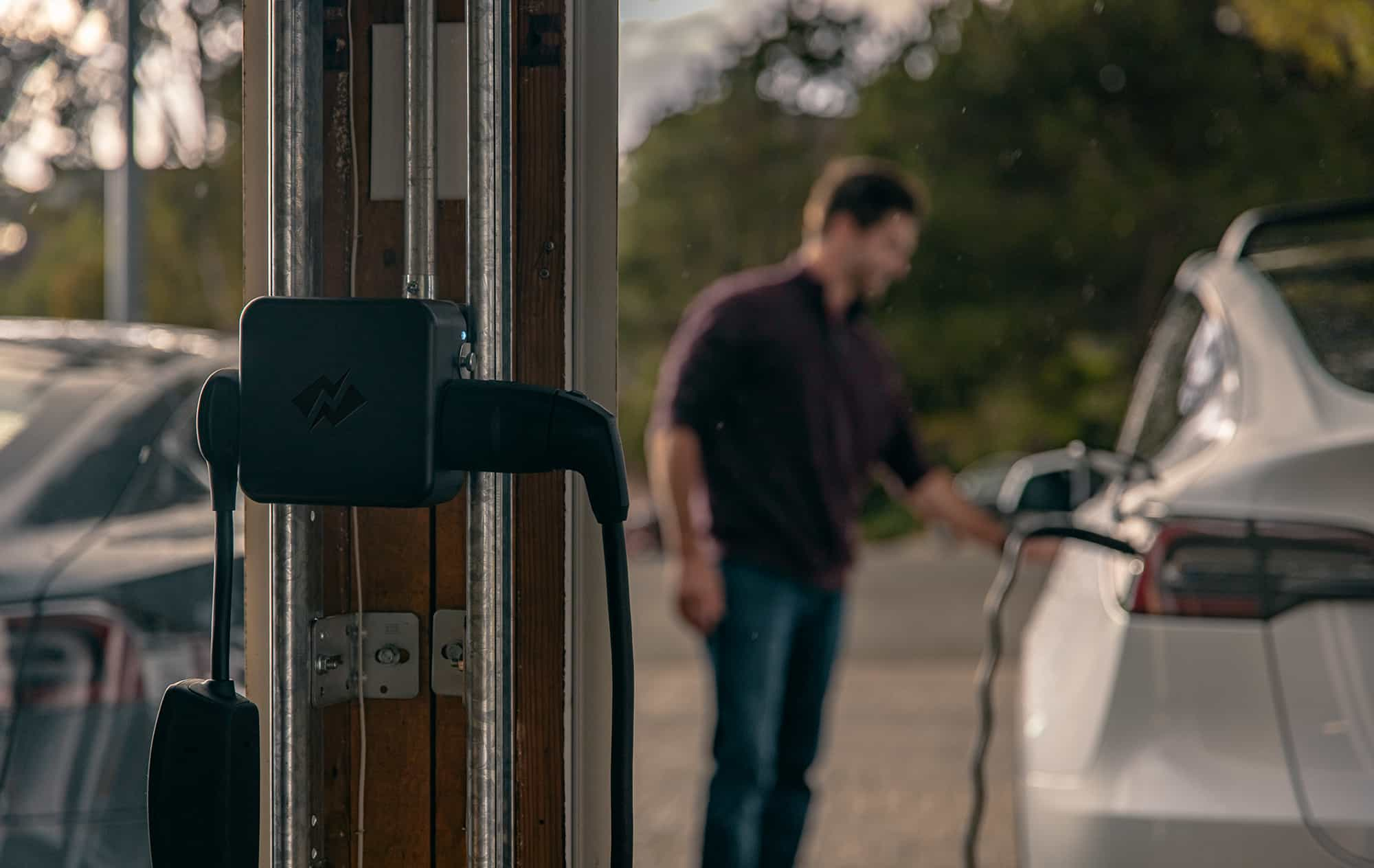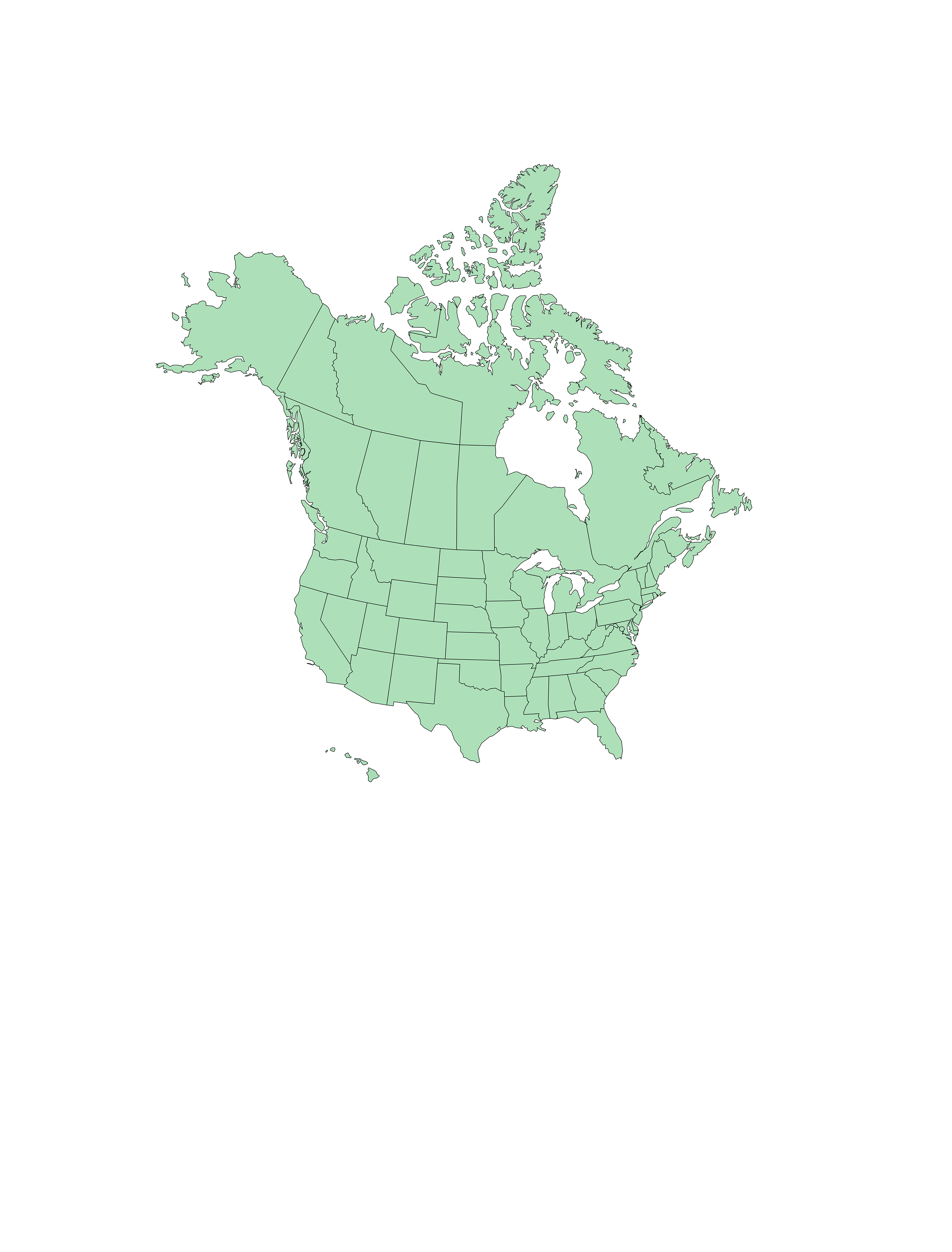We work with utilities to ensure home electrification is affordable.
Check out some examples of rebates currently offered on the Smart Splitter

Residential Charging Solutions Rebate
Income eligible PG&E customers can receive a rebate up to $700 on the Smart Splitter through the Residential Charging Solutions Rebate

Rebate for EV Power Management Device
Receive a $200 rebate by installing the Smart Splitter to help manage the electrical load from EV chargers.

Charge@Home Incentives Program
Get $300 off the Smart Splitter through SMUD in Sacramento. Learn more below about their Charge @ Home Program.

Charger Prep Credit
A credit up to $1,133 per charger to help cover the costs of preparing your home for an electric vehicle charger in eligible areas.

EV Charging Incentives Rebate
Receive a $400 bill credit with the purchase and isntallation of a Smart Splitter. An additional $200 is available for installing a 240V outlet.

...And Many More!
$35M+
Total Smart Splitter Installation Savings By Customers
80%
Avoid A Panel Upgrade
$2,200
Avg. Smart Splitter Customer Savings
Why Do Utilities Offer Smart Splitter Rebates?
There are several reasons why utilities are encouraging their customers to adopt electric vehicles through financial incentives:
Rebates make EVs more attractive to consumers by reducing the overall cost of ownership. This supports the transition to electric vehicles, which are considered a cleaner and more sustainable mode of transportation compared to traditional gasoline-powered cars.
EVs represent a significant new demand on the electrical grid. By offering rebates, utilities can encourage customers to install smart chargers that can be managed for optimal grid performance. This helps in balancing the load and avoiding peak demand issues that can cause blackouts.
Many utilities have commitments or regulatory requirements to reduce carbon emissions. Encouraging the use of EVs, which are generally less polluting than internal combustion engine vehicles, helps utilities meet these environmental goals.
In some regions, governments offer incentives to utilities to promote green initiatives, including the adoption of EVs. Utilities pass on these benefits to consumers in the form of rebates.
As the adoption of EVs increases, the electrical grid will need to adapt to handle the extra demand. Utilities are investing in this future infrastructure now, anticipating that the trend towards electrification in transportation will continue to grow.











